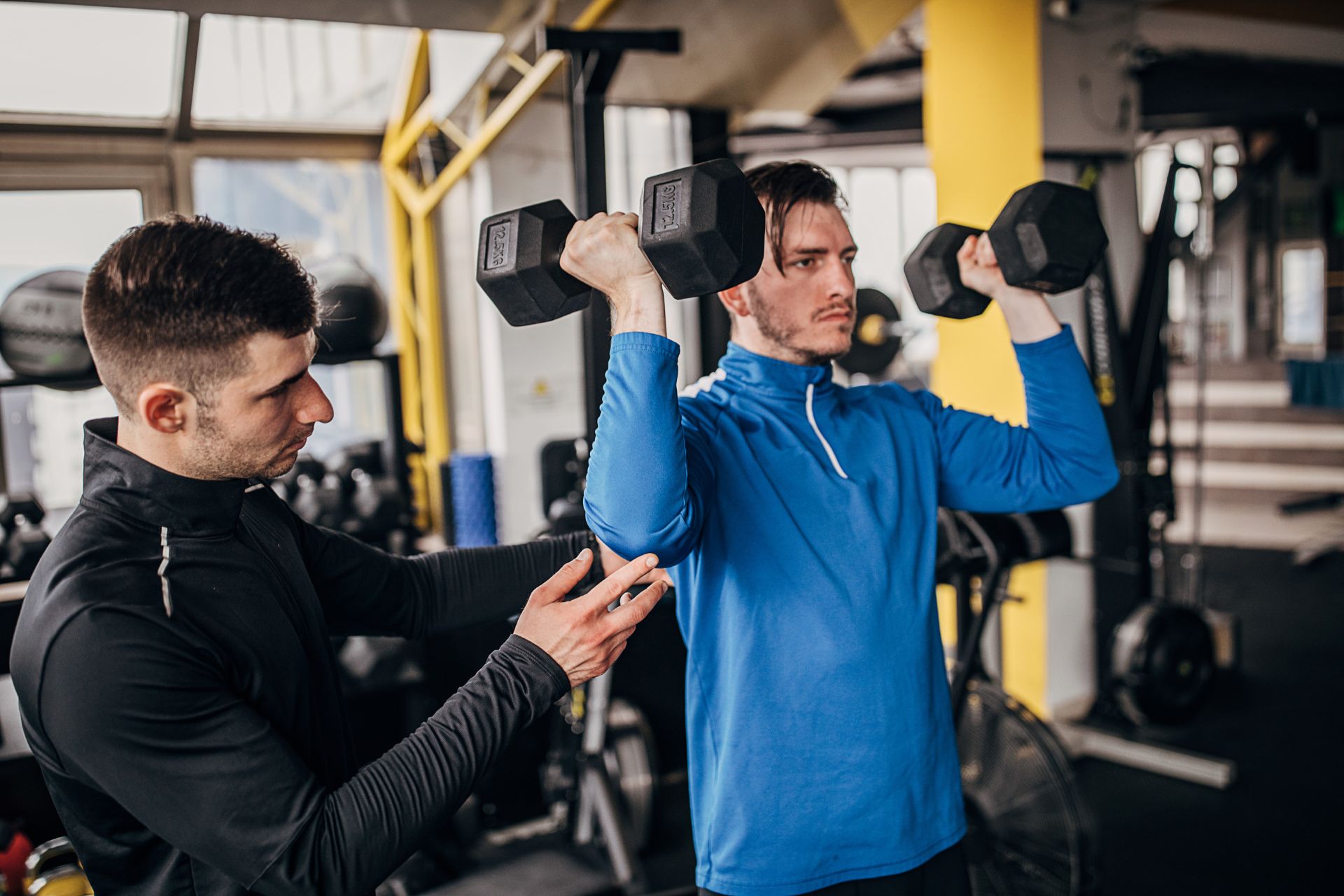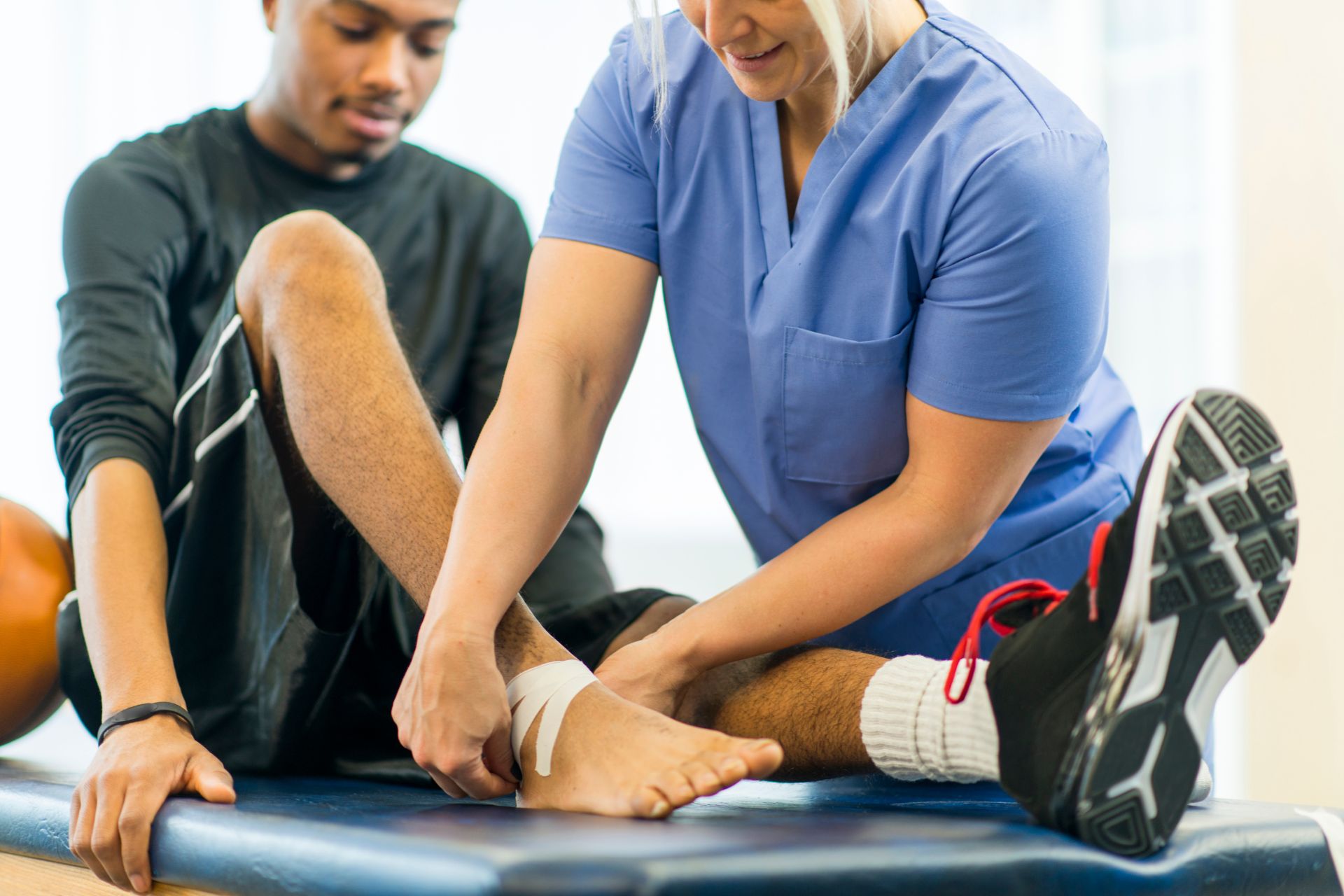Frequently Asked Questions
Cryotherapy enhances recovery times for athletes with muscle injuries by utilizing extreme cold to decrease inflammation, alleviate pain, and expedite the healing process. The application of cryogenic temperatures promotes vasoconstriction, which reduces blood flow to affected areas, thereby minimizing edema and cellular metabolism in damaged tissues. This cooling effect also stimulates the release of endorphins and accelerates lactic acid removal from muscles post-exercise. Furthermore, localized cryo treatments can enhance collagen synthesis while inhibiting inflammatory mediators such as cytokines and prostaglandins that contribute to prolonged discomfort. By incorporating whole-body or targeted ice baths along with other modalities like contrast hydrotherapy into their rehabilitation regimens, athletes experience a significant reduction in soreness associated with delayed onset muscle soreness (DOMS) and an overall boost in functional performance levels during training sessions following injury recovery.
Electrical stimulation devices play a significant role in the rehabilitation of tendon injuries by enhancing tissue repair and promoting healing through mechanisms such as neuromuscular activation, increased blood circulation, and reduced pain perception. These devices utilize low-frequency electrical currents to stimulate muscle contractions around injured tendons, which can facilitate cellular processes like collagen synthesis and extracellular matrix remodeling critical for tendon regeneration. Additionally, they provide analgesic effects that alleviate discomfort associated with inflammation or strain during recovery protocols. By integrating modalities like Functional Electrical Stimulation (FES) and Transcutaneous Electrical Nerve Stimulation (TENS), practitioners are able to improve functional outcomes while minimizing atrophy of surrounding musculature. Overall, the application of electrical stimulation within therapeutic regimens demonstrates substantial potential in optimizing rehabilitation timelines for patients suffering from acute or chronic tendon injuries.
Can blood flow restriction training improve healing rates in post-surgical rehabilitation protocols?
Blood flow restriction training (BFRT) has emerged as a promising adjunct to post-surgical rehabilitation protocols, potentially enhancing healing rates through mechanisms such as increased muscle hypertrophy and strength despite lower load resistance. By applying external pressure to the limbs during exercise, BFRT reduces venous return while maintaining arterial inflow, leading to metabolic stress that stimulates anabolic signaling pathways crucial for tissue regeneration. This innovative approach may facilitate quicker recovery from surgeries involving ligament reconstruction or tendon repair by promoting angiogenesis and collagen synthesis in affected areas. Furthermore, studies suggest that integrating BFRT into physical therapy regimens can mitigate atrophy commonly observed after immobilization or disuse following surgery, thereby optimizing functional outcomes and expediting the overall rehabilitation process.
Ultrasound therapy techniques have shown significant efficacy in managing chronic pain conditions among athletes, utilizing modalities such as therapeutic ultrasound and pulsed wave applications to promote tissue healing and reduce inflammation. The application of continuous ultrasound facilitates deep thermal effects that enhance blood circulation and collagen synthesis, while the non-thermal effects aid in cellular repair mechanisms at a microscopic level. Athletes suffering from tendonitis, bursitis, or myofascial pain syndrome often experience improved range of motion and decreased discomfort following treatment sessions. Additionally, the integration of ultrasound-guided interventions can optimize rehabilitation protocols by providing precise localization for targeted therapies like injections or manual manipulation. Overall, when employed within a comprehensive multidisciplinary approach alongside physical therapy regimens and exercise prescriptions, ultrasound therapy emerges as a valuable tool for alleviating persistent musculoskeletal pain in athletic populations.
Virtual reality (VR) can significantly enhance psychological recovery during sports rehabilitation by immersing athletes in simulated environments that promote mental resilience and emotional well-being. By utilizing VR technology, practitioners create controlled settings for exposure therapy, where individuals confront sport-related anxieties or fears, fostering desensitization and confidence rebuilding. This innovative approach allows for the integration of biofeedback mechanisms to monitor physiological responses such as heart rate variability and galvanic skin response, providing real-time data to optimize performance anxiety management techniques. Additionally, gamification elements embedded in VR applications motivate engagement through goal-setting features and achievement tracking while enhancing neuroplasticity by stimulating cognitive functions associated with motor skills rehabilitation. Furthermore, social interaction within virtual platforms enables peer support networks that mitigate feelings of isolation commonly experienced during injury recovery processes. Overall, incorporating virtual reality into sports rehab not only aids in physical healing but also addresses critical aspects of an athlete’s mental health journey towards full functional restoration.

